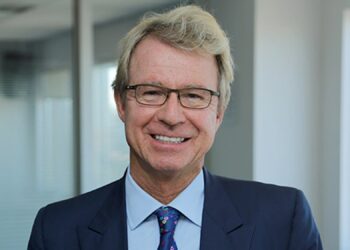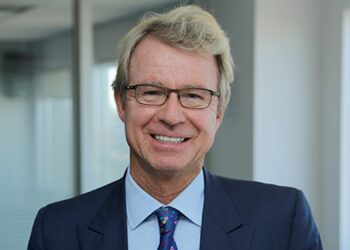With the weight of Australia’s unfunded superannuation liability resting on your shoulders, being chairman of the Government’s Future Fund is not a responsibility to be taken lightly.
As at June 30, 2005, this liability stood at $91 billion and is expected to grow to more than $140 billion by 2020.
The Future Fund is intended to accumulate sufficient financial assets to offset this predicted burden and according to Treasurer Peter Costello, David Murray is the man for the job.
Murray was appointed chairman of the fund’s board of guardians on November 9, 2005, although at that early stage the other members had not yet been decided upon.
It was not until March this year that Murray was joined by six board members, each, like himself, possessing extensive financial services backgrounds.
In its announcement of Murray’s appointment, the Government described the former head of the CommonwealthBank of Australia (CBA) as “an eminent Australian of considerable professional standing in the business community”.
Murray became CBA’s chief executive in 1992 after 40 years serving the bank in other roles and retained the position until his recent retirement.
In the bank’s top position he guided the CBA through a number of major changes, including its privatisation in 1996.
In 2003, Murray was awarded the Centenary Medal for his contributions in the areas of banking and corporate governance.
These credentials are just some of the reasons the Government saw fit to appoint Murray as the Future Fund’s chair.
But what does Murray say of a role of such significance, especially considering it is a venture never before undertaken by the Australian Government and one that aims to fund the opportunities of future generations?
He simplified its operations to be similar to that of “a fairly large superannuation fund”.
“I think we would like to, in the Future Fund, engage the investment community at a number of levels [including] experts around the world to get their views,” he said.
“We would like to engage the academic community in Australia to actually become a bit of a catalyst on new thinking.”
He also believes the fund will be an important fiscal strategy tool for the nation’s economy.
“When looked at this way, the Future Fund results in positive outcomes for the economy as a whole and also for the financial markets specifically,” he explained.
“It can facilitate high growth with less cyclical volatility.”
— Sara Rich




